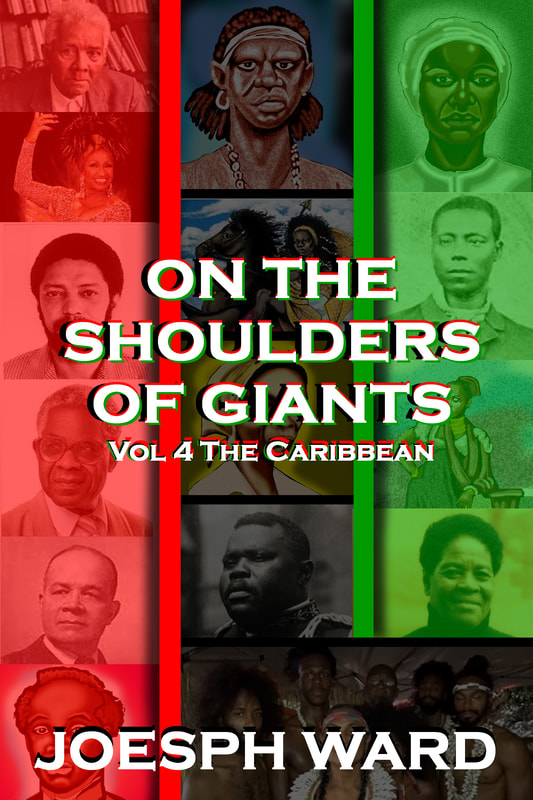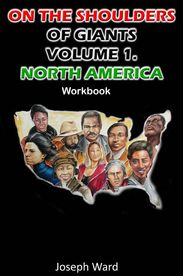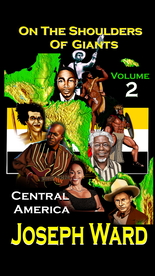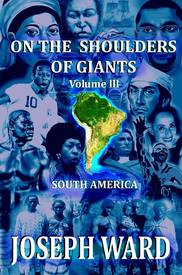|
In the latter months of 1760, rebel leaders Takyi and Apongo were captured and killed by the British. The remaining rebels were able to escape the battle against the British militia and fled into the mountains of Jamaica in the High Windward Cockpit Country. The rebels often used guerilla warfare under the cover of the landscape of High Windward to attack the British. On October of 1760, the rebels led by Simon raided and burnt down the Ipswich Sugar Estate in the Saint Elizabeth Parish. The following December, the rebels gained another victory while burning down the house of the plantation owner Thomas Durant, and killing a number of other men. Simon led a band of 50 men and women battling plantation owners and freeing slaves. The British gathered a few men to hunt down Simon led by a man named Hynes, who was in charge of a regiment of black men hunting Simon. Simon was able to initially escape Hynes and his men. The rebels that were caught by Hynes were killed and beheaded. They stuck the heads of the rebels on poles to intimidate the rest of the rebels. Simon and a number of rebels relocated to Clarendon, Parish where they settled in Mile Gully. Not long after settling in Mile Gully, Simon was caught by the hunters and killed. This was one of the last stands of the rebellion, but the rebellion did continue. The rebellion in total lasted for 6 years with significant battles lasting for months, within those six years. The last of the rebellion was recorded in 1766, in Westmoreland, by Africans of Akan descent enslaved in Jamaica. As I stated during part 1, a total of over 400 rebels were killed, and around 60 of the British were killed during the rebellion. It took years for the British to regain order and control in Jamaica, it also cost them millions of dollars to repair the damages. The rebellion as a whole was significant because of the length of the rebellion and the amount of damage the rebels caused. Takyi, Apongo, Simon, and other unnamed leaders were carrying on the tradition of the true Maroons. Maroons who fought for their god-given freedom. Takyi’s rebellion was inspired by the rebellions of Breffu, but Takyi’s rebellion inspired the rebellions of Queen Nanny, Samuel Sharpe, and other notable Maroon leaders. To the brave Takyi, Apongo, Simon, and all the Maroons of Jamaica, we proudly stand on your shoulders. J.A. Ward Click here to support the OTSOG book series. References: https://en.wikipedia.org/wiki/Tacky%27s_War
0 Comments
Leave a Reply. |
Details
Categories
All
Click Here to join our mailing list
|
Contact Us: |
Connect With Us |
Site powered by PIT Web Design

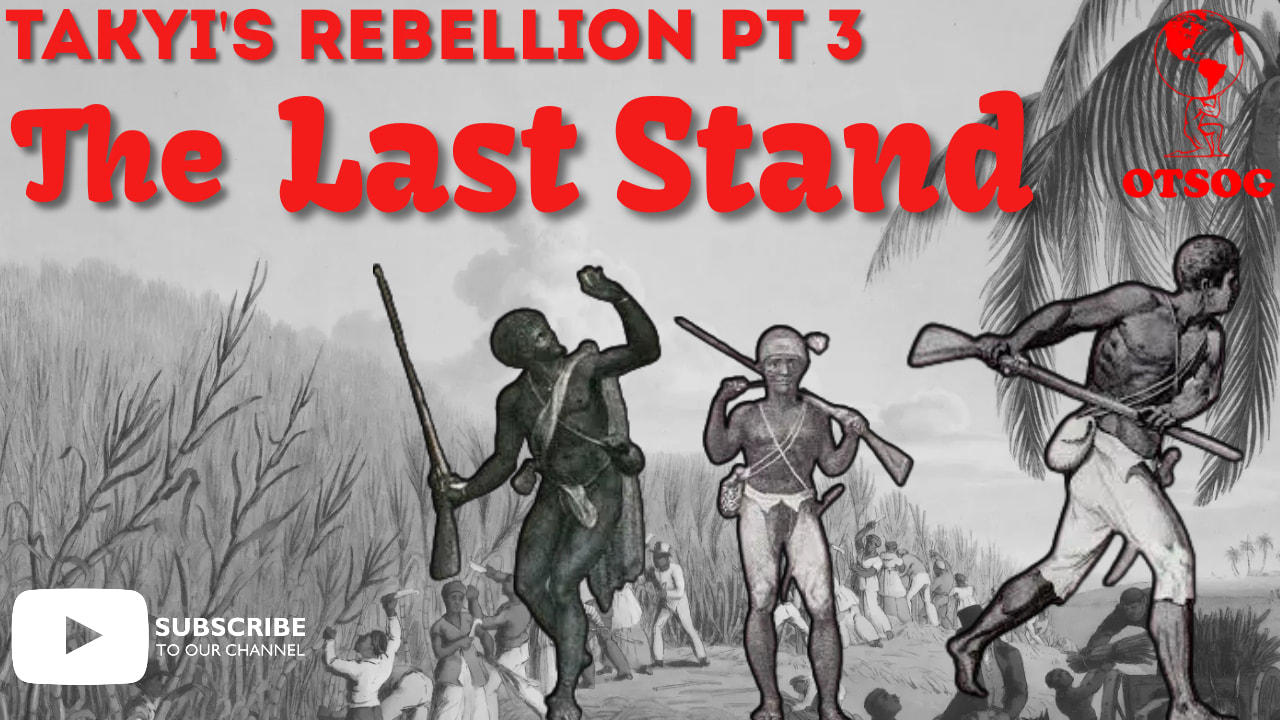
 RSS Feed
RSS Feed
